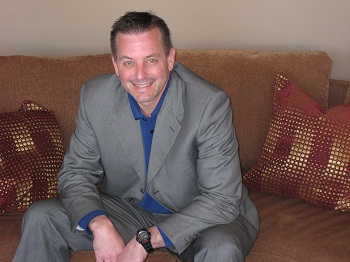


In the past few weeks we have discussed how lasers work, removing tattoos, removing unwanted hair, and renewing the skin. These are important uses for laser technology and as it gets better, we will see more uses pop up. Today I want to discuss pigment issues on the face, arms, and chest.
Why do we get them and what are they??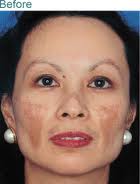 is picture shows melasma, aka "pregnancy mask". It is caused by sun in combination with hormonal changes. It is quite common and cases can vary a great deal in severity. These changes can occur on anyone but seem to be worse in ethnic skin. It can occur over the entire face but is the most common on the cheek area.
is picture shows melasma, aka "pregnancy mask". It is caused by sun in combination with hormonal changes. It is quite common and cases can vary a great deal in severity. These changes can occur on anyone but seem to be worse in ethnic skin. It can occur over the entire face but is the most common on the cheek area.
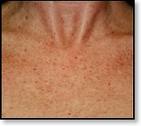 The second area is on the chest. Brown spots and red spots occur with age and again.....the sun. Sun worshipers get this and the more you worship the worse it gets.
The second area is on the chest. Brown spots and red spots occur with age and again.....the sun. Sun worshipers get this and the more you worship the worse it gets.
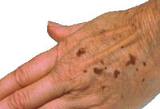 The third area is on the hands. Age spots, liver spots, whatever you want to call them are caused by sun damage and can be present over the entire arm.
The third area is on the hands. Age spots, liver spots, whatever you want to call them are caused by sun damage and can be present over the entire arm.
Even if you don't worship the sun, we all get exposure during normal daily activites of walking out doors, driving, etc. So they can occur on any of us.
How do we treat them?? First, I suggest a good skin care regimen. This is key to getting the skin to heal and to slow down the pigmentation process. It also prepares the skin for more aggressive treatments. At Total Body Surgical we like to use the Obagi system for treating damaged skin. Obagi contains tretinoin and hydroquinone. These stimulate the skin to grow faster and shed the dead portion of the skin. It also turns off the melanocyte or pigment cell. Lastly, it contains a good sun screen to prevent further damage. Once used for a short period of time, we treat these areas in a couple of ways. First is the IPL (flashlamp or Intense Pulsed Light). This is a machine that shoots short bursts of intense light. The wavelength is set to target the darker colors in the skin and some red pigments. These areas then peel off and since the pigment cells are turned off, their recurrence is much less severe. Continued protection from the sun makes them "stay away". Treatments are usually done in a series of 3-5 treatments and the areas gradually disappear. We can also use laser to resurface the skin and remove pigment. The Pearl laser is perfect for this killing "two birds with one stone". This gives you rejuvenated skin texture, helps with fine lines and wrinkles, and rids the pigment too. Recovery time for this treatment is only about 4-5 days. The IPL recovery time is minor redness for about 24 hours then crusting of dark areas that will peel off. The Obagi system causes the sensation of dryness and may cause some minor shedding of dead skin for a few weeks.
Come see us at Total Body Surgical where our staff is trained and experienced with Obagi and Skinceutical products. We also have a full product line in the office and can get you started.
Remember our specials that are still going on too!!
Call 918-786-7780 for a complimentary cosmetic consult or fill out a contact form and we will contact you!!
More laser stuff next week!
We also have special Christmas pricing on products and gift certificates available for all laser services and skin care, Latisse and more!!




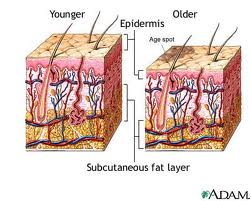 What we see on the outside is this....
What we see on the outside is this.... How can
How can 

.jpg) (Typical WWII era tattoo...single color, small in size, shallow depth of ink)
(Typical WWII era tattoo...single color, small in size, shallow depth of ink).jpg) (new tattoo...larger, more colors, broad spacing, deeper pigment)
(new tattoo...larger, more colors, broad spacing, deeper pigment)

.jpg) Austin Powers....demonstrated his ignorance of laser technology. Lasers have been a mystery to most!!
Austin Powers....demonstrated his ignorance of laser technology. Lasers have been a mystery to most!! 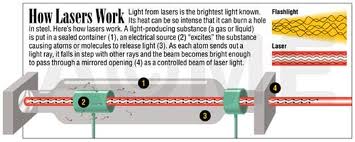.jpg?width=571&height=228&name=images_(9).jpg)
